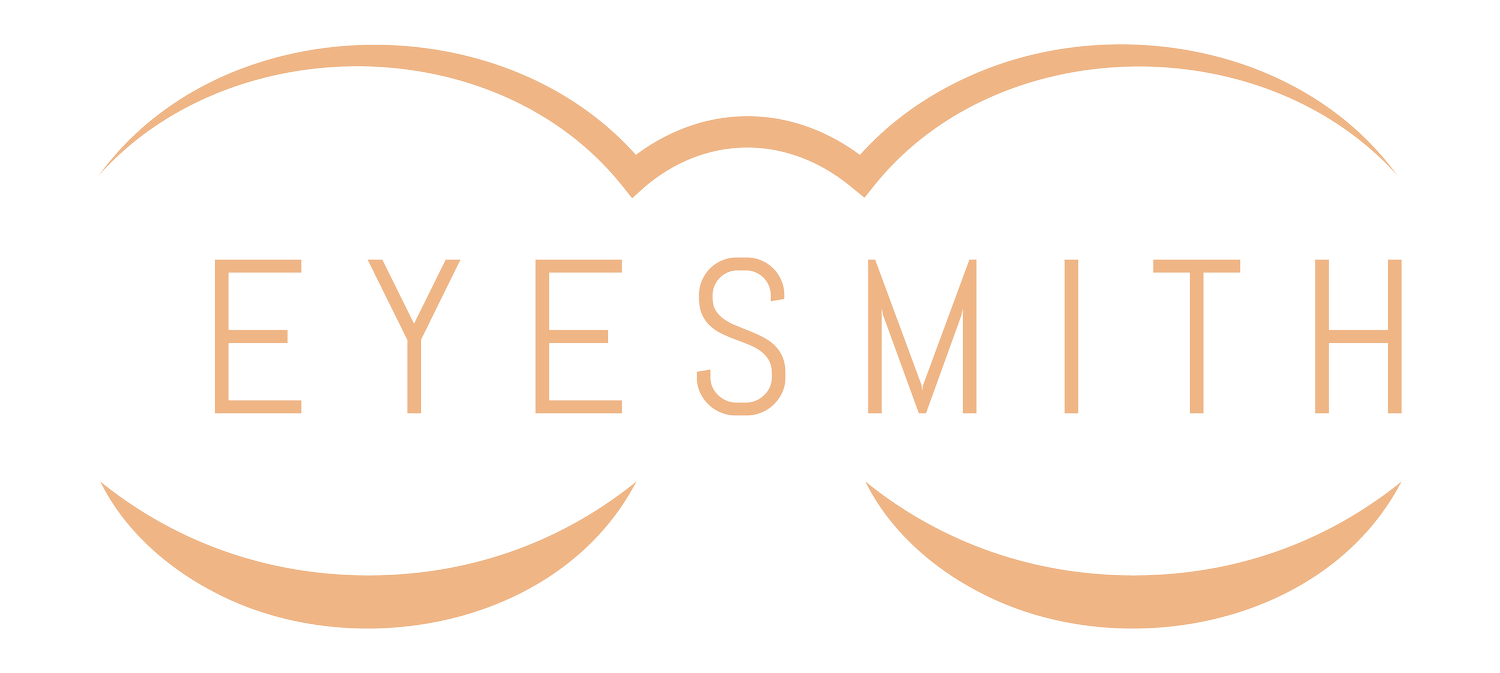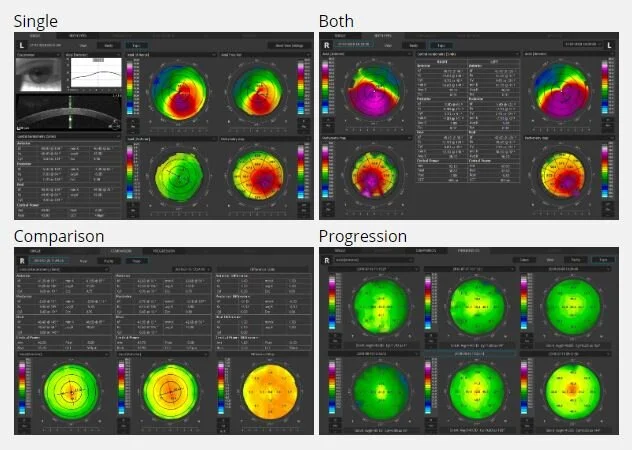We are experts in keratoconus.
We are fortunate that numerous patients with corneal dystrophies, keratoconus and pellucid marginal degeneration have chosen us to look after their sight.
We typically use specialist lenses to help with this condition. Initial fitting appointments cost £150. Lenses are supplied on a direct debit basis at around £30-£50 per month, dependent on type. Most lenses are renewed either 3 or 6 monthly under the scheme.
“Importantly, note that if you are in your early 30’s or younger, and there is a change to your vision, you should be considered for “corneal cross-linking”. This is a procedure that slows down the rate of change in keratoconus and is in addition to any lenses you may require.”
What is Keratoconus?
Keratoconus means "conical or cone-shaped cornea". It is a condition that affects vision.
The cornea is the major focussing surface of the eye. In keratoconus, the cornea becomes stretched and thin near its centre, and the thinned part of the cornea bulges - making the vision more shortsighted and irregular/distorted. The stretching of the cornea tends to progress but the rate varies. Sometimes one eye may be badly affected while the other eye may show very little sign of the condition.
More information from Keratoconus Group
Measuring keratoconus.
We use 2 instruments to measure keratoconus.
The latest in OCT scanning technology which is able to measure both front and back surface of the cornea to assess for changes in curvature. It also captures a map of the corneal thickness, making monitoring more accurate.
Our Zeiss iProfiler, which measures the irregularities on the cornea and greatly aids fitting comfortable lenses. It also looks at visual effects from the distortions.
Topography maps
How can we help?
Contact lenses help improve the quality of vision with keratoconus. However, as explained by the National Keratoconus Foundation:
There is no one design that is best for every type or stage of keratoconus. The “best lens” is the one that fits your eye, corrects your vision and is comfortable to wear. Rely on an experienced keratoconus lens fitter to select the best lens for your eye. The needs of each individual is carefully weighed to find the lens that offers the best combination of visual acuity, comfort and corneal health. Contact lens fitting for keratoconus is part science and part art. A great deal of patience is required both on the part of the fitter and the patient.
At The Eyesmith, our optometrists have extensive experience of fitting contact lenses for our keratoconus patients, achieving some great outcomes.
Below is an outline of the contact lenses available for keratoconus, along with some helpful links.
Soft Lenses.
The role of soft lenses for keratoconus vision correction has changed dramatically in recent times. The new soft lens designs combine the latest technologies in silicone hydrogel materials and complex mathematics to offer comfortable wear and excellent vision.
Older soft lenses draped over the irregular keratoconus cornea assuming the same irregular surface as the keratoconus cornea without correcting the visual distortion caused by the irregularly shaped keratoconus cornea.
More information about Kerasoft IC
RGP Contact Lenses.
Rigid Gas Permeable (RGP or GP) contact lenses are a primary option for correcting keratoconus vision. The rigid lens masks the underlying irregular cornea and functions as the new refractive surface of the eye, with the tear film filling in the space between the back of the contact lens and the front of the eye. “Rigid” defines the type of lens. “Gas Permeable” describes the lens material. There are many different RGP lens designs.
More information about Rose K2.
Piggy-backs.
This is a two lens system; an RGP lens worn on top of a soft lens. The RGP lens provides crisp vision and the soft lens acts as a cushion providing comfort.
Hybrid lenses.
This is a lens design combination that has an RGP center surrounded by a soft peripheral “skirt”. Hybrid contact lenses can provide the crisp optics of a RGP lens and the wearing comfort of soft contact lenses. They are available in a wide variety of parameters to provide a fit that conforms well to the irregular shape of a keratoconic eye.
For more information about hybrid lenses.
Scleral lenses.
These are large diameter lenses that rest on the white part of the eye, called the sclera, and vault over the cornea. The size can be an alarming prospect for some, but scleral lenses have many advantages. Because of their size, they do not fall out and dust or dirt particles cannot get under them during wear. They are surprisingly comfortable to wear because the edges of the lens rests above and below the eye lid margins so there is no lens awareness. The introduction of rigid gas permeable (RGP) materials has made this design more readily available.
More information on scleral lenses.


